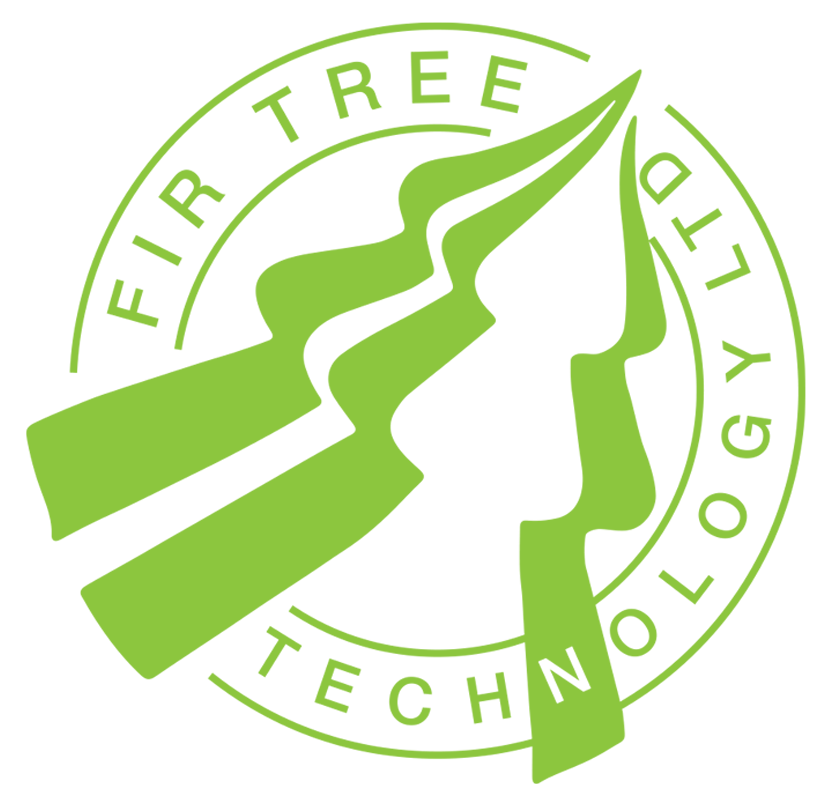Is Your Aftermarket Equipment Fitted to OEM Standards? Here's Why It Matters.
When it comes to keeping your fleet safe, legal, and reliable, it’s not just about the vehicles themselves — it’s about what’s been added to them.
From reversing cameras and trackers to sensors, lighting, power systems and AI units, most commercial vehicles today rely on aftermarket installations. But here’s the problem: not all of them are done properly.
And by “properly,” we don’t just mean functional.
We mean fitted in line with OEM (Original Equipment Manufacturer) guidelines.
So, why is following OEM standards so important?
Safety: OEM guidance ensures that new equipment doesn’t interfere with core vehicle systems. Poor installations can cause electrical shorts, obstruct vision, or compromise critical alerts.
Compatibility: OEM specs exist because each vehicle is wired, powered, and structured differently. A fix that works on one truck may damage another if not installed correctly.
Warranty Protection: Straying from the manufacturer’s recommended procedures or using incorrect fixing points and connectors may void warranties — something fleet managers only discover after a fault occurs.
Consistency: Fleets with multiple vehicles benefit from uniformity. A consistent, OEM-compliant fitment means future servicing, repairs, and upgrades are quicker and safer.
The Risk of Poor Installations
Many companies use third-party installers or internal teams without checking if they follow OEM standards. We regularly attend service calls where:
Connectors were crimped instead of sealed
Devices were drawing power from the wrong circuits
Fixing points were drilled incorrectly or missed altogether
No documentation was left behind, making fault-finding a nightmare later
The Risk of Poor Installations
If you’re running a fleet or managing vehicle installations:
Check your installer’s process – Do they refer to OEM manuals?
Audit a few vehicles – Look inside the fuse boards and looms.
Request documentation – Every job should come with fitting diagrams or connection points.
Ask about warranty impact – If it’s unclear, that’s a red flag.
At Fir Tree Technology, all installations are based on OEM schematics. Our team is trained to use the correct terminals, fixings, and mounting points — and we leave behind documentation for future reference.
Vehicle Health Check
Need your vehicle setup reviewed? Start with a Vehicle Health Check — we’ll let you know what’s fitted right, and what needs attention.
Contact Us